You are here
Back to topVietnamese Durian Prices Continue To Fall
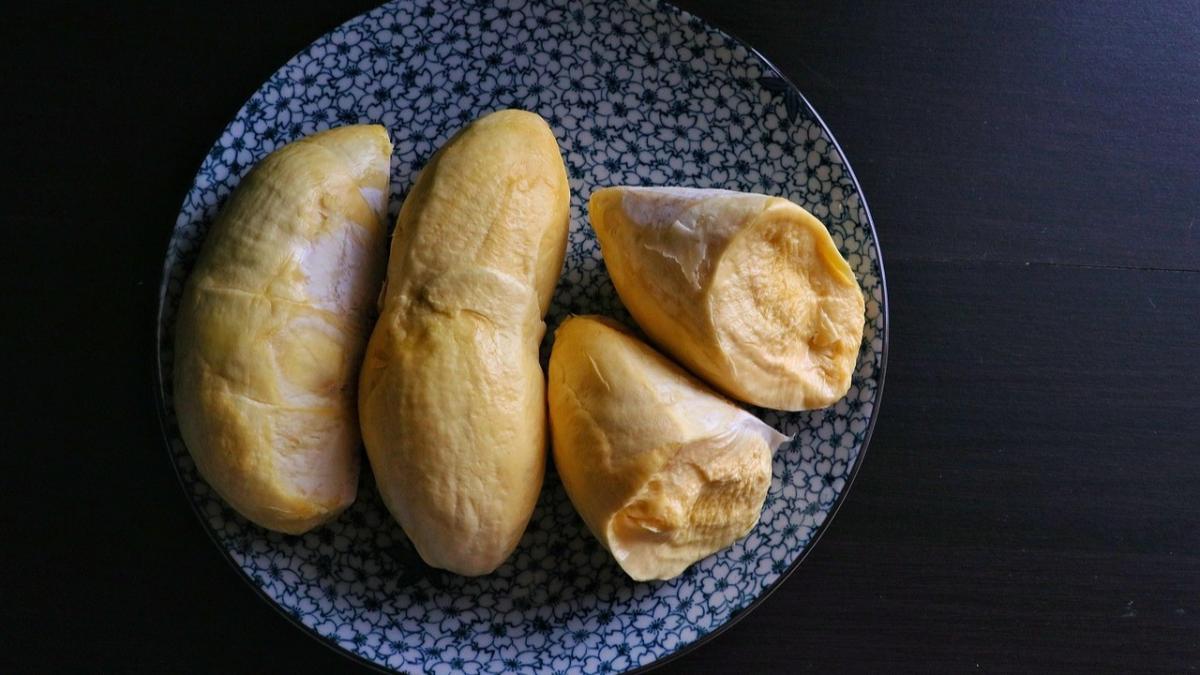
According to Vietnamese media reports, durian prices in Vietnam continued to decline in February, particularly in the Mekong Delta region. Although the off-season is typically associated with lower production and higher prices, this year prices have dropped by 10,000–30,000 Vietnamese dong ($0.39–1.18) per kilogram compared with late January.
Last week, the prices of Monthong and Ri6 durians in Vietnam remained low. Wholesale prices for Monthong durians ranged from 57,000 dong ($2.24) to 67,000 dong ($2.63) per kilogram, while high-quality Monthong durians were priced at 75,000 dong ($2.94) to 80,000 dong ($3.14) per kilogram. Meanwhile, Ri6 durians were selling for approximately 42,000 dong ($1.65) to 45,000 dong ($1.77) per kilogram, with high-quality Ri6 durians reaching around 65,000 dong ($2.55) per kilogram.
In 2024, the prices of Vietnamese durians surged, peaking at 190,000 dong ($7.46) per kilogram. However, they then began to decline significantly ahead of Chinese New Year owing to stricter inspections by China Customs creating challenges for the export industry. In the Mekong Delta province of Tien Giang, current durian prices range between 40,000 dong ($1.57) and 80,000 dong ($3.14) per kilogram, representing a decrease of 50,000–100,000 dong ($1.96–3.92) per kilogram compared with early January.
Industry insiders in Vietnam have ascribed the sharp decline in prices primarily to stricter testing standards implemented by China, particularly for the unpermitted dye auramine O. In addition, consumer demand in China has decreased following Chinese New Year, significantly affecting export volumes.
According to data from China’s General Administration of Customs, China imported approximately 1.56 million metric tons of durians in 2024, with a total import value of $6.99 billion, representing year-on-year increases of 9.4% and 4.1%, respectively. Of this total, 736,720 metric tons worth $2.94 billion were imported from Vietnam. Compared with 2023, the volume of durians imported from Vietnam rose by 49.4%, while the import value grew by 37.5%. Vietnam remains the second-largest supplier of durians to the Chinese market, with durians accounting for nearly 45% of Vietnam’s total fruit and vegetable export value.
In January 2025, Vietnam’s fruit and vegetable export value totaled $416 million, representing an 11.3% month-on-month decrease and a 5.2% year-on-year decline. The weaker market demand following Chinese New Year, coupled with falling prices, is expected to further reduce export performance. February exports are projected to contract to between $300 million and $350 million.
Image: Pixabay
This article was translated from Chinese. Read the original article.



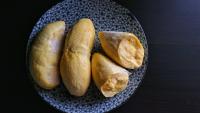
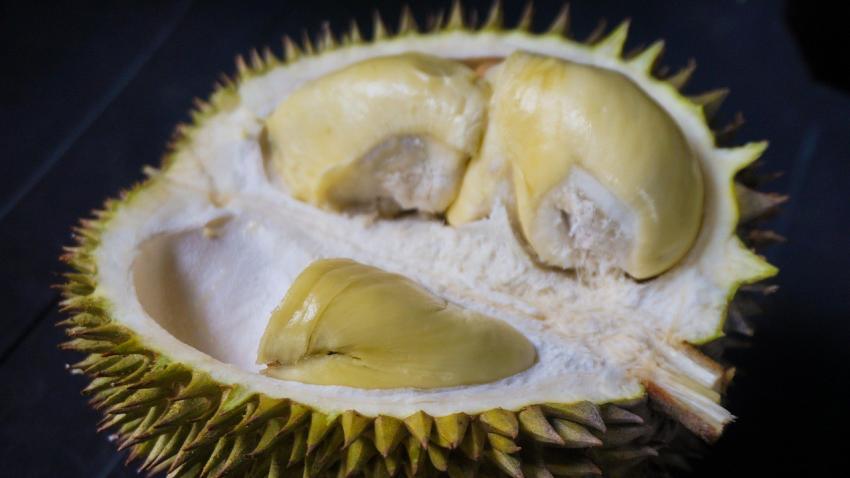
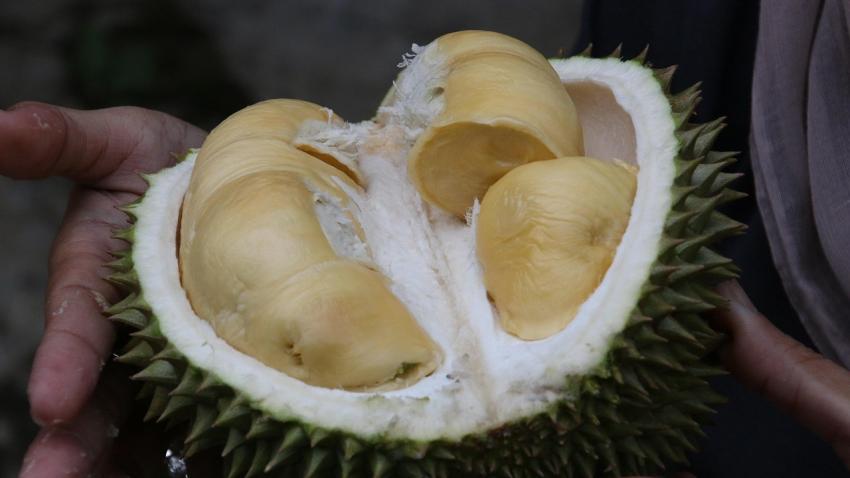
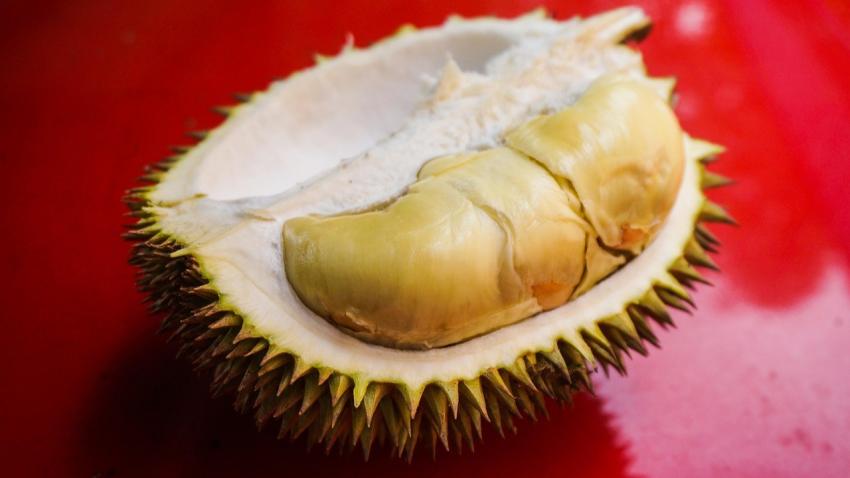
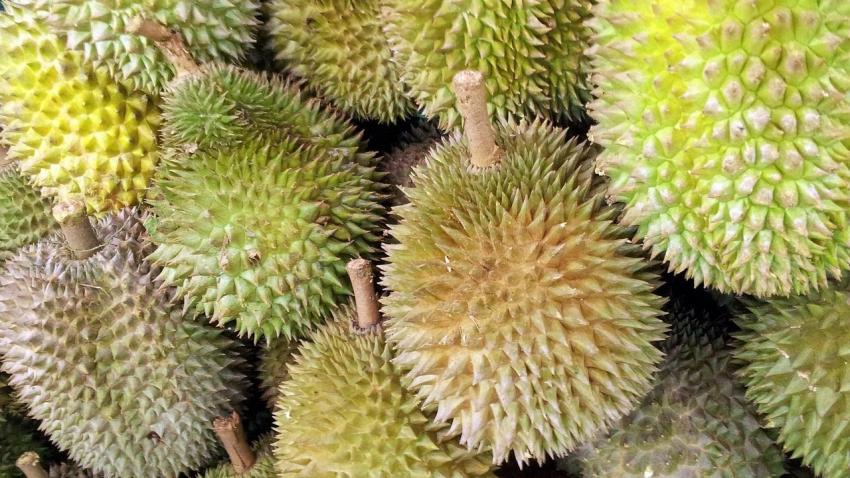
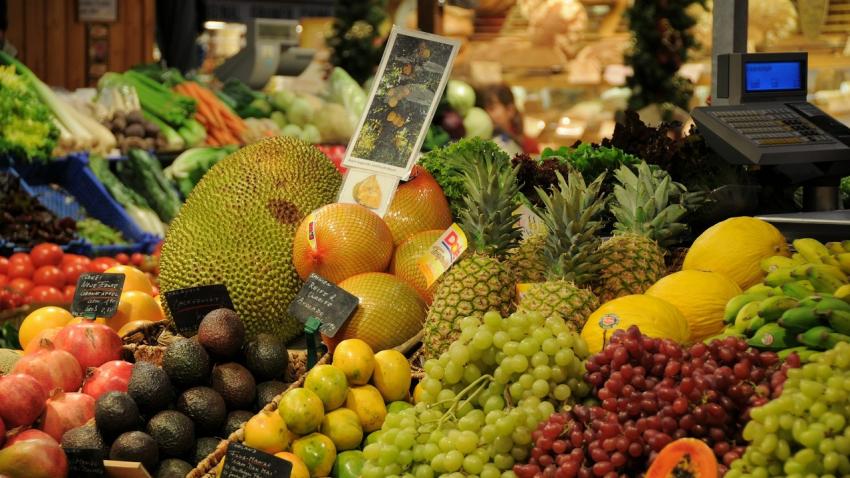
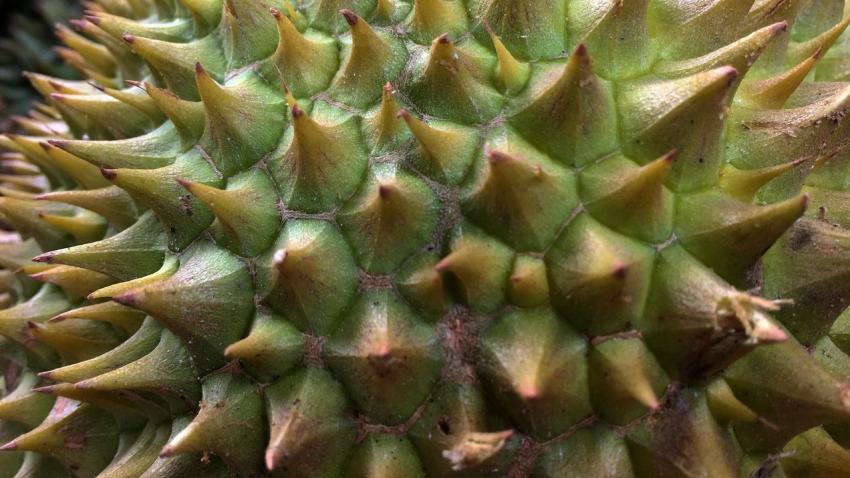





Add new comment